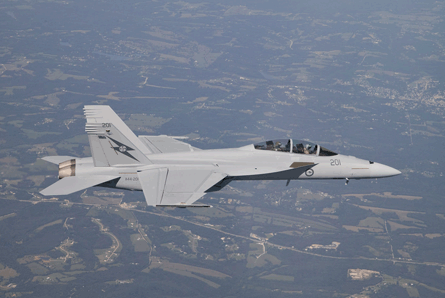Less than three weeks into her tenure as Brazil's newly elected president, Dilma Roussef has indicated that the Brazilian air force's F-X2 fighter procurement programme will be placed on hold and undergo a review.
Sources in Brasília suggest the programme review could allow the entry of other contenders beyond previously shortlisted finalists the Boeing F/A-18E/F Super Hornet, Dassault Rafale and Saab Gripen NG, with the Eurofighter Typhoon and Sukhoi Su-35BM as prime candidates.
However, Brazilian air force sources say no further contestants will be examined, because this could delay considerably a decision that is already 10 years behind schedule.
 |
|---|
© Boeing |
"We do not intend to start from scratch," says Brazilian defence minister Nelson Jobim, who adds that the expected review intends to focus on technology transfer issues - a key aspect of the F-X2 programme. The process is not expected to last more than four months, he says, with a selection to be announced by late June. An initial 36 aircraft are being sought.
The Brazilian air force shortlisted the Gripen NG, Rafale F3 and Super Hornet in late 2009, but in September the same year, President Luiz Inácio Lula da Silva, Roussef's predecessor, publicly stated his preference for the Rafale.
Initially the air force's inclination was for the Gripen NG, but after receiving best and final offers, the Super Hornet is believed to have become its first choice.
The defence ministry opted to re-evaluate its selection parameters, placing far more emphasis on technology transfer and commercial offsets. Delays experienced since 2009 have been attributed mainly to fears that the US government will hinder the transfer of US technology contained in Boeing's and Saab's proposals, despite repeated assurances to the contrary from Washington.
US Senator John McCain visited Roussef in early January to support Boeing's possible sale of Super Hornets.
Dassault notes that its Rafale does not contain systems potentially subject to US restrictions, and it is able to transfer all the fighter's technology to Brazil.
Source: Flight International



















